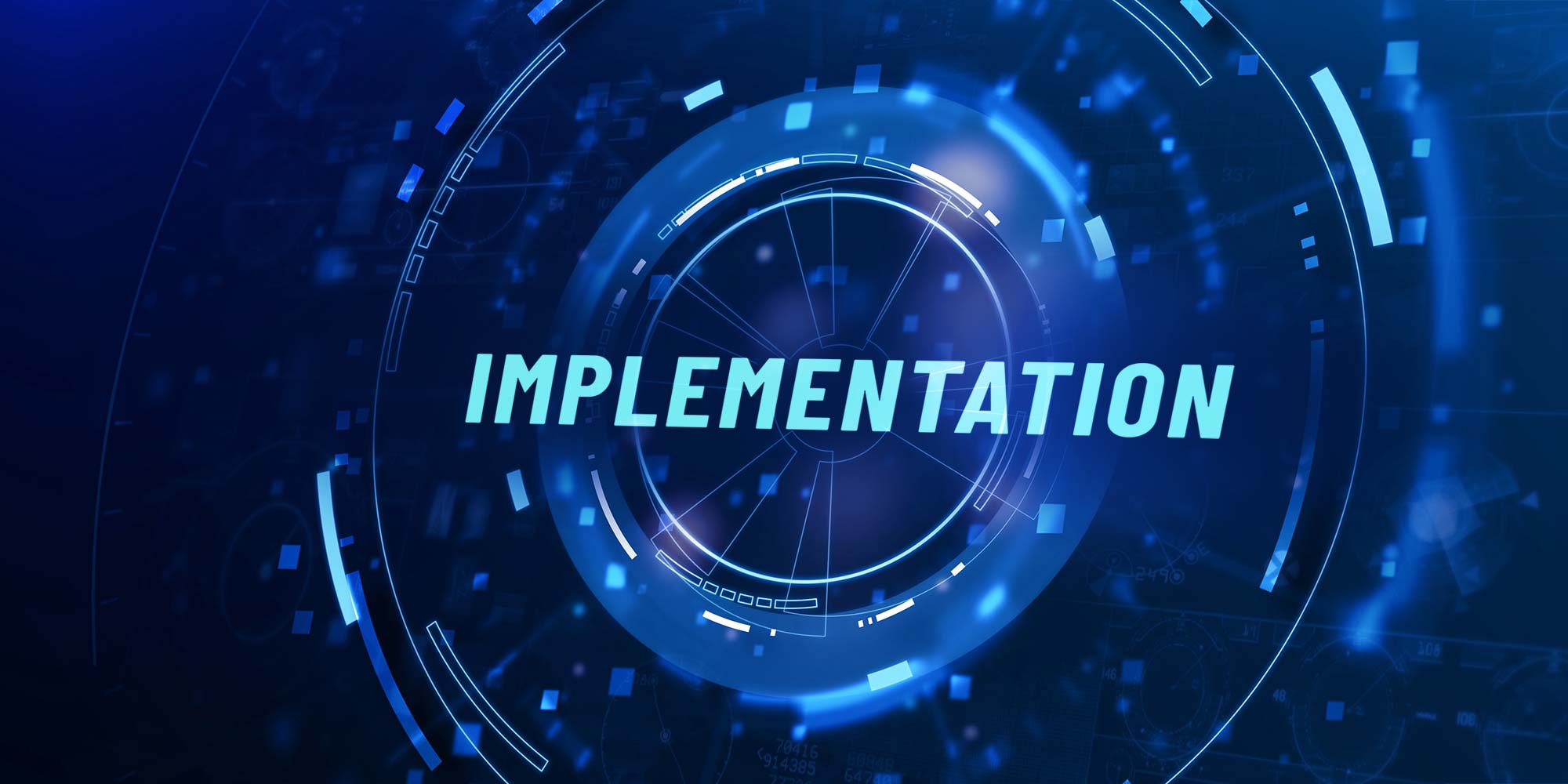In order to effectively manage sales teams, there are a few key sales performance metrics that you should monitor. Every sales manager’s focus is to keep optimizing each metric to fine tune sales process and boost overall sales efficiency
In order to effectively manage sales teams, there are a few key sales performance metrics that you should monitor. Every sales manager’s focus is to keep optimizing each metric to fine tune sales process and boost overall sales efficiency. So in this post we’ll take a closer look at Avg. sales cycle and things that can be done to shorten it.
The Avg. Sales cycle length reflects the health of your sales machinery. Think of it this way, the length of your sales cycle mirrors your sales process. Some of the fast-growing companies tend to have shorter sales cycles, they achieve this by consciously optimizing their sales process.
So what is a ‘sales cycle length’
It’s the amount of time between the first contact with the prospect until winning the deal, measured in days. You can simply average this number across all your wins to measure the Avg. sales cycle.
So what is the ideal sales cycle length, you may ask – but the unbecoming answer is, well, it depends on a few things. There’s no general one-size-fits-all when it comes sales cycle. But before we get there, here is a simple way to calculate your Avg. Sales Cycle length:
Calculate the ‘combined sales duration’ (in days) = Add up the number of days from 1st contact to deal close, for all ‘won’ deals.
Simply divide the above number by the total number of ‘Won’ deals to get the Avg. Sales Cycle (in days).
Avg. Sales Cycle = [# Combined Sales duration in days] ÷ [# of total ‘Won’ deals]
The average length of a b2b sales cycle can dramatically differ based on your offering, size accounts you’re selling to, the vertical you’re selling into, the complexity of the solution, etc. Here are some general ball-park numbers for Avg. sales cycle length (in months).
- Enterprise Level: 6 to 9 months on average adding or subtracting a month for some of the factors listed above.
- Mid-Market: 4 to 6 months on average.
- Small Business: 1 to 3 months
So you get the point, the ‘ideal sales cycle‘ is highly specific to each business. And here are a few things that can help you get there.
# Disqualify Deals
This might sound strange, but one of the key secrets to a shorter sales cycle length is the rep’s ability to disqualify deals and move on.
Some of the best sales guys know when to simply park the deal and move on to the next. Leaving deals lingering in the pipeline when you know that they aren’t likely to close for that period (that week or that month), just leads to inefficiency.
Your sales reps need to develop the ability to sense where the deal is headed well ahead of the time. This will help manage their time better – by being able to spend their time chasing the ones that are more likely to progress faster to close. The ones that don’t progress are not necessarily put away but recycled and re-visited when accordingly. The key is to understand that leads, prospect, and deals are recyclable, but time isn’t. The better you are at moving-things-forward, the shorter the sales cycle will be and more efficient the sales process becomes.
# Have more PoCs (Point of Contacts)
When you’re selling to businesses, irrespective of whether you’re selling a complex solution or an out-of-box one, there are likely to be more than just one buyer in any deal. You need to build consensus among all stakeholders involved to keep moving the ball forward. To do this effectively, try and understand your buyer’s perspectives and be ready with a plan to address their concerns, again ahead of time. This will largely help to anticipate the hurdles and ways to overcoming those.
Always maintain a cadence of scheduled milestones and calls with each of them. This will give greater insight into what is really going on – this knowledge greatly helps keep moving the ball forward, or even, if deals seem to be stuck, you can quickly park it and move on to the next.
# Use quid-pro-quo
Most effective time to ask for something is when the other person wants something. When navigating a deal, you should know what and when your prospect is going to ask for. Example, if your prospect requests a custom demo, you can totally use this opportunity to learn about their decision process by asking for more information, and also an introduction to the other stakeholders in the buying decision etc.
Identifying what they want with what you need is the key to boost sales momentum and close deals faster.
So, these were the 3 simple steps that you can implement to shorten your sales cycle.
SO ARE YOU READY TO MEASURE YOUR SALES PERFORMANCE?
Most effective time to ask for something is when the other person wants something. When navigating a deal, you should know what and when your prospect is going to ask for. Example, if your prospect requests a custom demo, you can totally use this opportunity to learn about their decision process by asking for more information, and also an introduction to the other stakeholders in the buying decision etc.
Start a free 2-week trial and start measuring your Avg. sales cycle length along with other key performance metrics in minutes.




